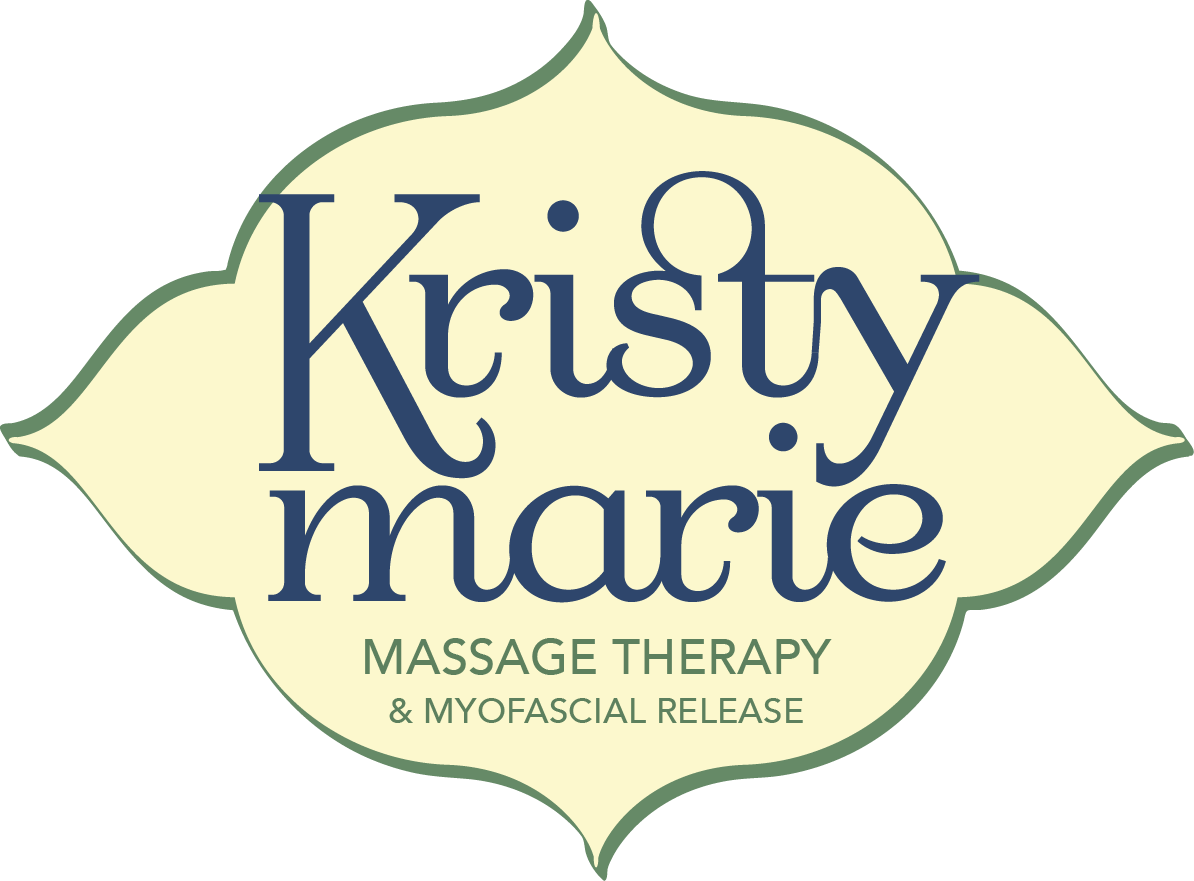written by Jackie Waters
In 2016, The New England Journal of Medicine reported that opioid abuse and addiction in America had risen to crisis levels with a confirmed 2.5 million adults showing some level of dependency. Many of these were the direct result of improperly or over-prescribed medications given to ease the symptoms of chronic pain. Hundreds of millions of prescriptions are written for opioids each year; alarmingly, even trained physicians aren’t always sure how to spot the signs of prescription drug abuse. And while these analgesic drugs are effective at treating short-term pain, they are not a sustainable solution for chronic pain. If you’re one of the millions of Americans wishing to ease pain without the risk of addiction, keep reading for ways to mitigate discomfort safely and naturally.
It starts at home
Stress can make pain worse by tensing your musculoskeletal system. According to the American Institute of Stress, unceasing tension can do quite a bit to make you uncomfortable, including leaving you feeling overwhelmed and even lightheaded. It makes sense, then, to eliminate stress from the moment you wake up. Start by making your bed before you leave your room for the day. Follow this by a healthy breakfast every morning. Reduce clutter throughout the home and keep curtains open on sunny days.
What are your triggers?
Pay careful attention to when your pain is at its most intense. If, for example, you notice you feel worse after eating, consider what you’re putting into your body. A number of foods can cause inflammation and that doesn’t bode well for your body if you have arthritis, fibromyalgia, or joint/muscle conditions. Carbs, trans fats, sugars, and alcohol are common culprits. Keep a food journal so you can pinpoint your triggers.
Treating pain inside and out
Before there was Big Pharma, there were natural remedies. Ancient people relied on Mother Nature to heal them from the inside out. Many Native American Tribes used herbs such as White willow bark, Valerian root, and turmeric to quell discomfort. These and other supplements may help. Capsaicin creams, which are are made with chili pepper extracts, are proven to provide natural pain relief; they are safe enough to buy over-the-counter. Other ways to treat pain include massage, warm baths, and certain types of exercises – think yoga and Pilates -- that help you build your core muscles without high-impact moves.
Sleep on it
People with insomnia are more likely to experience unexplained, chronic pain. It’s not because these people are genetically at-risk of debilitating health conditions, but because their bodies can’t heal. When you sleep, your brain begins producing hormones, including those responsible for tissues and muscle repair. No sleep, no hormones, no relief. Your body (and mind) need at least eight hours of shut eye every night in order to help you physically recover from the wear and tear of the day and to emotionally handle your pain.
A little change goes a long way
Making small changes to your routine can decrease your pain and keep you prepared to handle it in the first place. By getting more sleep, avoiding pain-causing foods, and taking steps to keep your home calm and relaxing, you can have a positive effect on your mind and body.
Remember, while you can’t always control your condition, you can control how you deal with its symptoms. When you choose to integrate pain management into your daily life, you give yourself an opportunity to bypass quick fixes that can lead to debilitating addictions. No one is saying that it will be easy, and there may be days you want to stay in bed and hide from the world, but you must make yourself a priority. In doing so, you’ll conquer the most difficult part of living with chronic pain.

